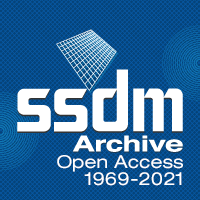Awards
There are four categories of awards for authors who presented distinguished papers at SSDM.
SSDM Award
The SSDM Award is awarded to authors who contributed an outstanding paper at past SSDM.
SiC Schottky Barrier Diodes with High Blocking Voltage of 1kV
In this paper, the authors clearly demonstrated the superiority of Silicon Carbide (SiC) as a power semiconductor. They were the first in the world to use SiC to fabricate a high-blocking-voltage, low-loss Schottky Barrier Diode (SBD) and demonstrate its capability in achieving a high-blocking voltage exceeding 1 kV and low on-resistance far surpassing the theoretical limit of silicon. As their paper was the catalyst precipitating research around the world on SiC SBD and power MOSFET, it marked the starting point for power device applications of SiC.
In the early 1990s, while the SiC research community was looking primarily at high-temperature operations, military applications, and other specialized uses, the authors were among the first to notice and advance research on its potential application in power electronics. They succeeded in utilizing a technique employing the step-controlled epitaxy method to grow crystals (this technique later received the 2005 SSDM Award) to create high-quality, high-purity substrates, which they then used to fabricate a viable SBD.
Their device possessed a superior combination of characteristics: a high 1-kV-class blocking voltage along with a low on-resistance of 8.5 x 10⁻³ Ωcm² and low leakage current (1 mA/cm²) even at an applied voltage of 1100V. This on-resistance value surpassed the theoretical limit for silicon by more than one order of magnitude, providing the first practical demonstration of the advantages of using wide-bandgap semiconductors for power devices. As the breakdown voltage range above 100V had exclusively employed bipolar Si p-n diodes, the authors’ achievement sent a shockwave through the field as they clearly established the possibility of using unipolar SBDs lacking minority-carrier charge-storage effects.
In the wake of this paper as companies and research institutions worldwide actively developed SiC power devices, this group of authors continued to lead research in the field with achievements such as the development of 4H-SiC epitaxial technology, and they paved the way for the launch of SiC SBD commercial production in 2001 and the subsequent development of SiC MOSFET products.
As described above, the authors’ research success was the impetus creating a bridge that linked academic study on wide-bandgap semiconductor SiC to its development for industrial applications in the power device field. In recognition of their tremendous contribution to both academia and industry, the SSDM Award is hereby presented to honor their remarkable achievements.
-
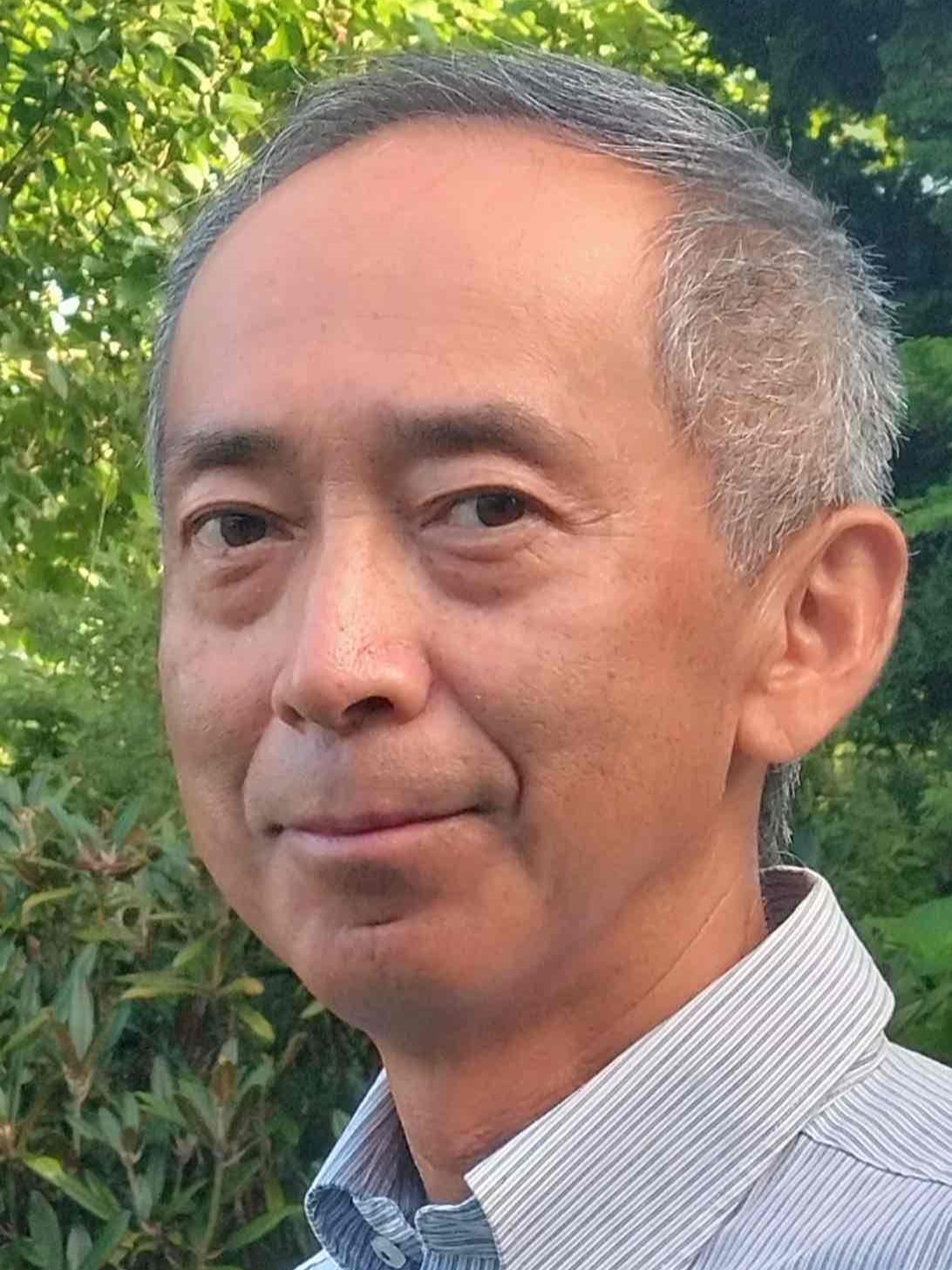
Tatsuo Urushidani
NoneTatsuo Urushidani received his B.E. degree in electronic engineering from Yamagata University, Japan, in 1987.
He joined Fuji Electric Co., Ltd. April in 1987.
He was seconded to Fuji Electric Corporate Research and Development, Ltd. April in 1988.
From April in 1992 through March in 1993, he was a visiting scientist at Kyoto University, where he was involved in epitaxy of SiC and high-voltage Schottky barrier diodes.
He resigned from Fuji Electric Corporate Research and Development, Ltd. in 1999 and joined another company.
Since retiring in 2021, he has been studying biology to understand plants and his own body. -
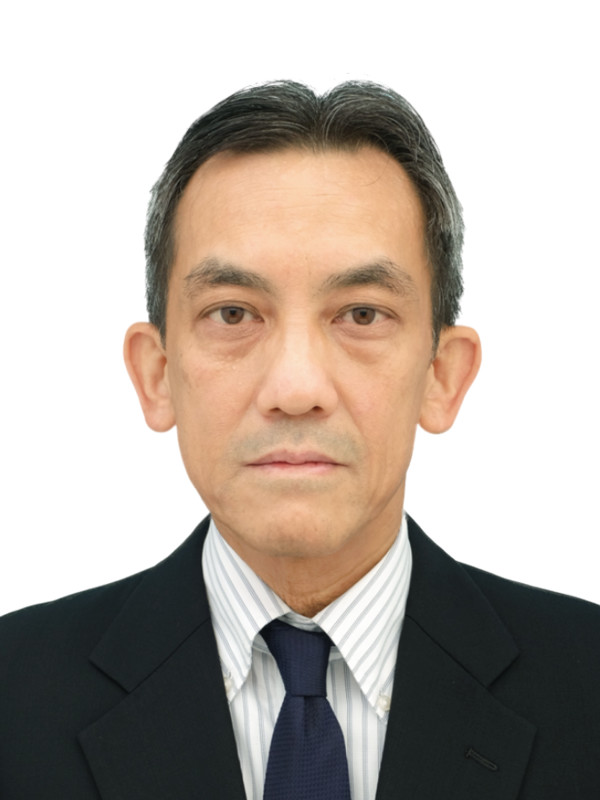
Sota Kobayashi
National Institutes of Natural SciencesSota KOBAYASHI received his B.E. and M.E. degrees in electrical engineering from Kyoto University in 1992 and 1994, respectively. He joined NEC corporation in 1994 and was engaged in development of nonvolatile memory devices and satellite equipment. He joined National Institutes of Natural Sciences in 2025 and is currently engaged in safety management of astronomical instruments operation.
-
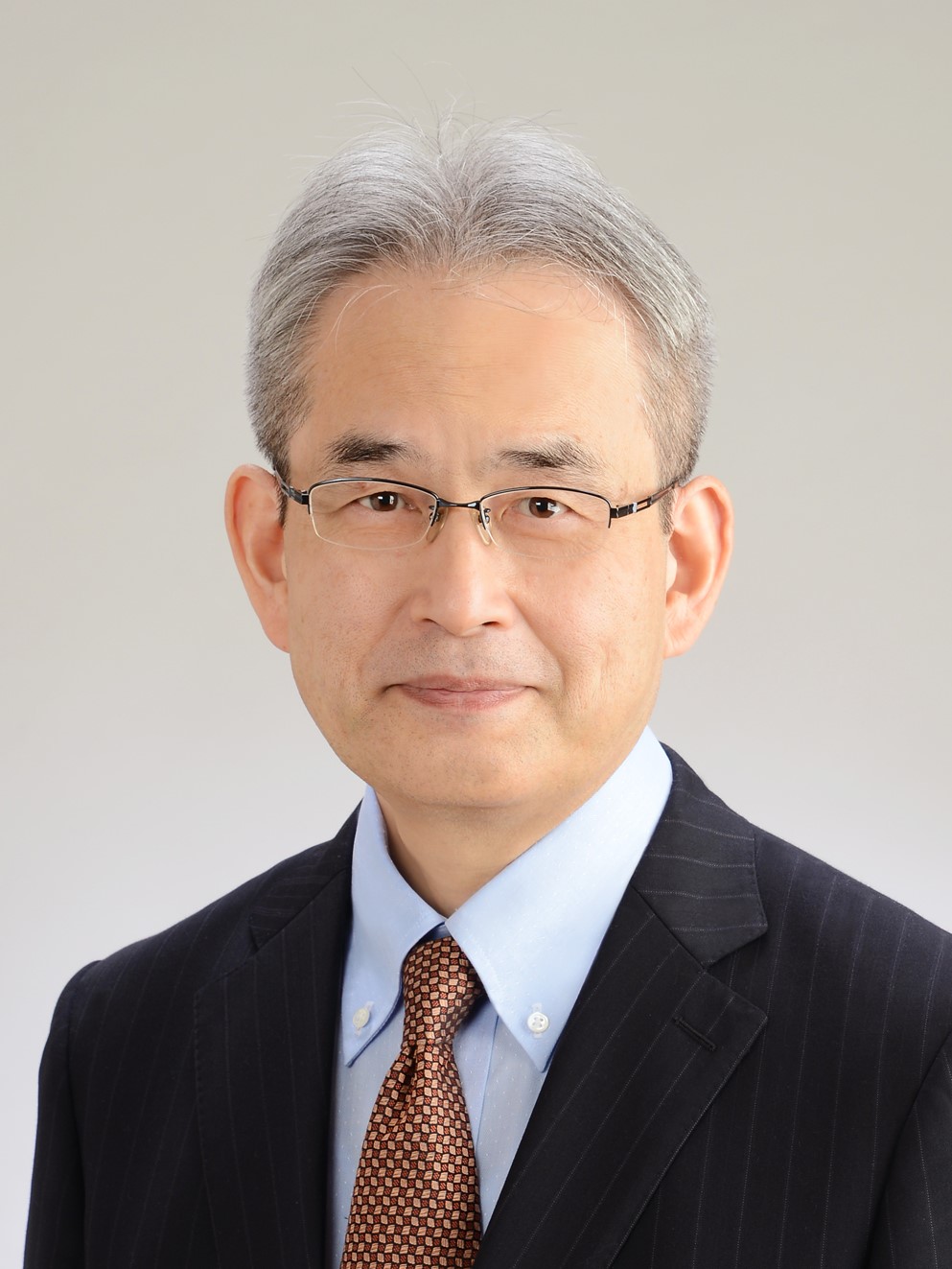
Tsunenobu Kimoto
Kyoto UniversityTsunenobu Kimoto graduated from Kyoto University, Department of Electrical Engineering in 1986. After receiving the M.E. degree from Kyoto University, he joined Sumitomo Electric Industries, LTD in 1988, where he conducted research and development of amorphous Si solar cells and semiconducting diamond material. In 1990, he started his academic career as an Assistant Professor at Kyoto University and received the Ph.D. degree from Kyoto University in 1996 based on his work on SiC epitaxial growth, material characterization, and high-voltage diodes. From 1996 to 1997, he was a visiting scientist at Linköping University, Sweden. He is currently a Professor at Department of Electronic Science and Engineering, Kyoto University. His main research activity has been SiC electronics including SiC power devices, high-temperature devices, metal-oxide-semiconductor physics, ion implantation, optical and electrical characterization, point and extended defects, and epitaxial growth. He has also been involved in fundamental studies on carrier transport in semiconducting nanostructures and novel materials for nonvolatile memories.
-
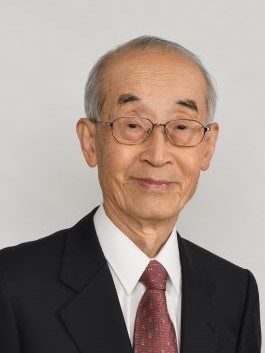
Hiroyuki Matsunami
Kyoto UniversityI started to work on semiconductor SiC in 1968. I tried to grow SiC on Si, because I could not get SiC substrates made by ‘sublimation method’. We succeed in getting 3C-type SiC on Si utilizing a buffer layer to solve the problem of large lattice mismatch (20%). Then, we demonstrated to grow single crystal of 6H-SiC utilizing ‘step-controlled epitaxial growth method’ and demonstrated transistors in 1986-1987. (world first)
After that, in the world they started to use 6H-SiC for power devices. We started to develop 6H-SiC Schottky barrier diodes. Fortunately, we got 4H-SiC by serendipity. (4H-SiC has much superior characteristic compared to 6H-SiC)
At the first, we developed 4H-SiC Schottky barrier diodes, and 4H-SiC MOSFETs. We announced the 4H-SIC MOSFETS can be used for Trench MOSFETs which has superior characteristics.
I personally accepted “Yamazaki Teiichi award” in 2002, “Asahi Prize” in 2013, “Honda Prize” in 2017, “IEEE David Sarnoff Award” in 2016, and “IEEE Edison Medal” in 2023. -
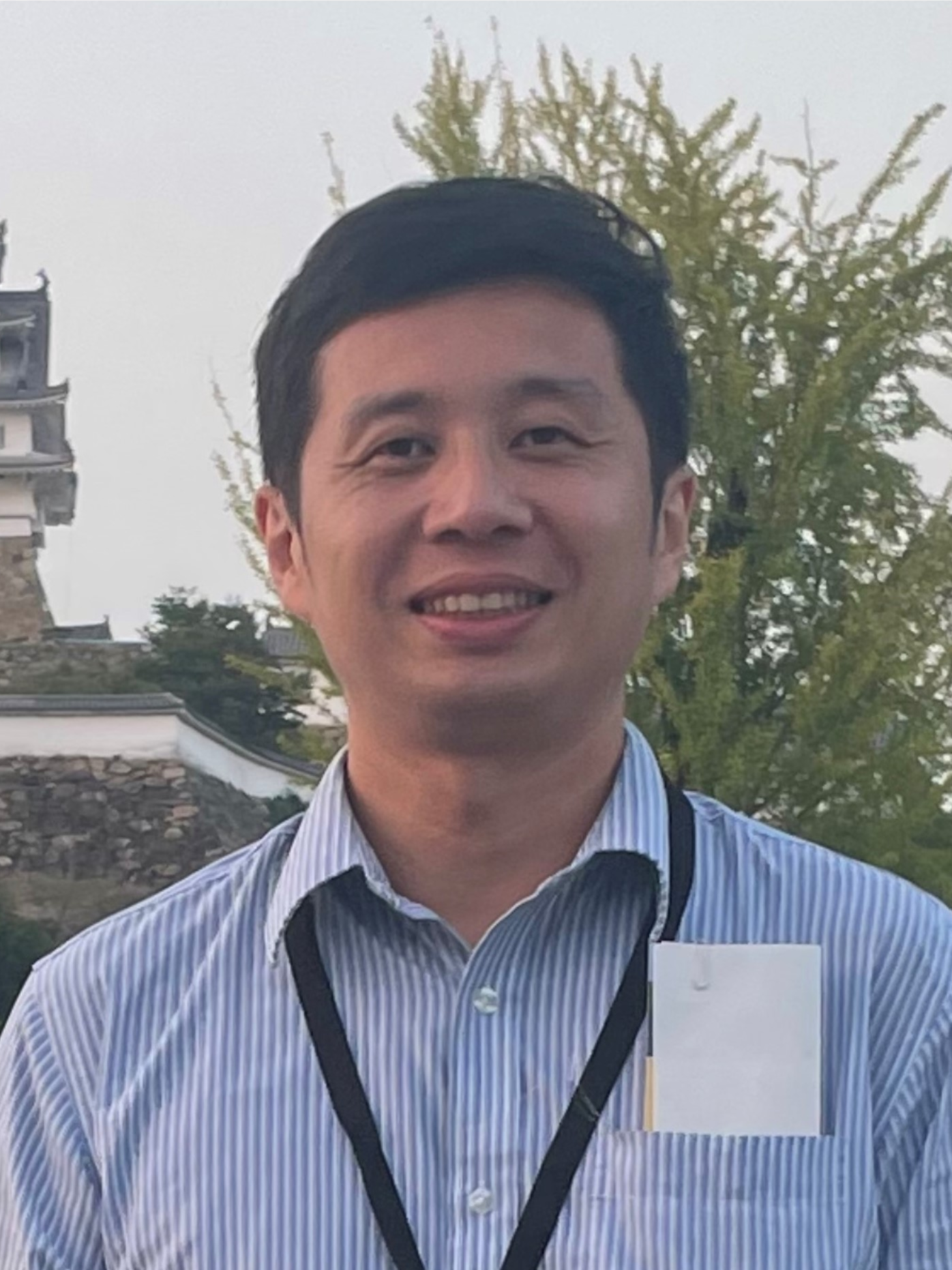
Po Hao Tseng
Macronix International Co., Ltd.Dr. Po-Hao Tseng received the Ph.D. degree in Graduate Institute of Electronics Engineering from National Taiwan University, Taipei, in 2014. He joined the Device Research Laboratory at UCLA as Visiting Scholar from 2014 to 2015. He has been with the Emerging Central Laboratory, Macronix International, Hsinchu. His current interest included In-memory computing, In-Memory searching, Flash memory (3D-NAND/ NOR) and Emerging memory based neuromorphic computing. He also focuses on the development of 3D-DRAM and oxide semiconductor devices.
-
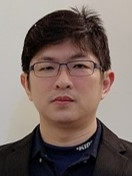
Feng-Ming Lee
Macronix International Co., Ltd.Dr. Feng-Ming Lee received a BS degree in electro-physics from NCTU and a PhD degree in E.E. from NTHU in Taiwan, respectively. He is the project department manager of electronic material and device integration division in Macronix.
During his pursuit of a Ph.D. degree, Dr. Lee specialized in the III-V material epitaxy and device fabrication of GaAs and InP-based compound semiconductor light-emitting devices and laser diode for optical communication. In Macronix International, his responsibilities included the research and development of emerging memory materials and applications, the development of non-volatile flash memory for in-memory computation, and the exploration of innovative 3D DRAM architectures and oxide semiconductor materials. -
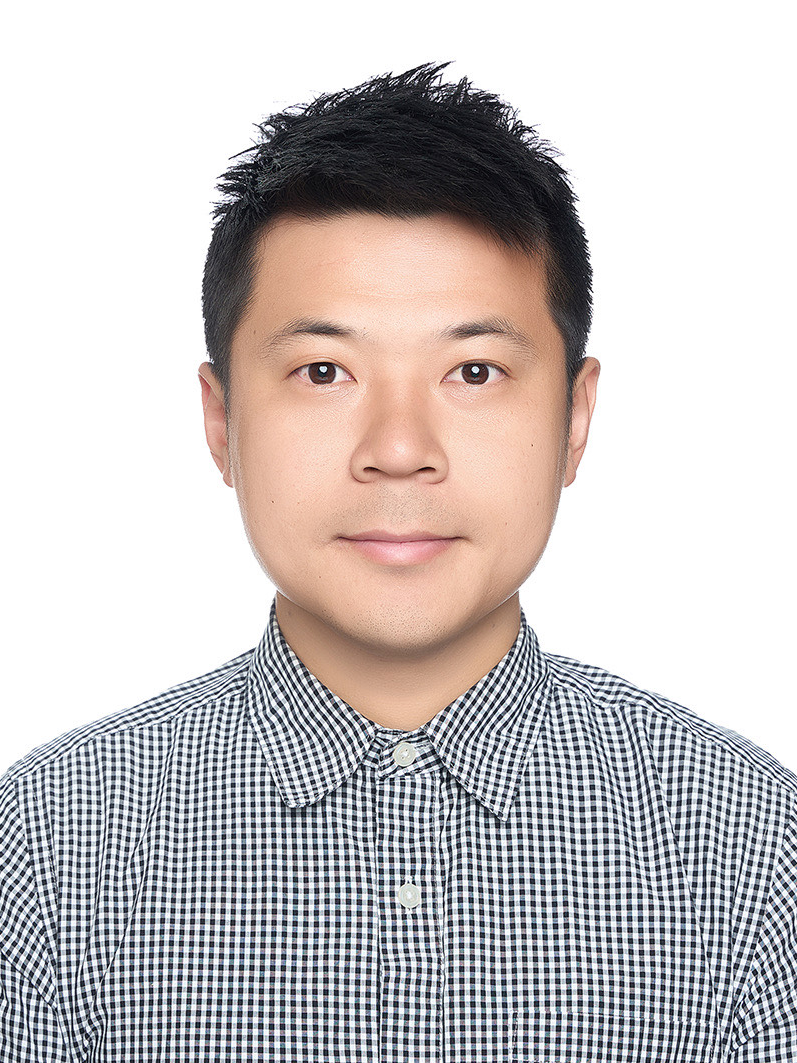
Tian-Cih Bo
Macronix International Co., Ltd.Tian-Cih BO received the M.E. degree in electronics engineering from National Chi Nan University, Taiwan, in 2014. He joined the Product Engineering Department in Macronix International since 2014. He worked on the developed of 3D NAND Flash memory.
-
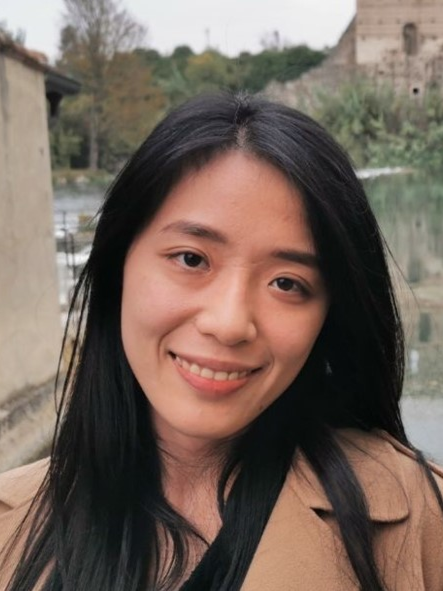
Yu-Hsuan Lin
Macronix International Co., Ltd.Yu-Hsuan Lin received her M.S. and Ph.D. degrees in Electronics Engineering from National Chiao Tung University, Hsinchu, Taiwan, in 2014 and 2020, respectively. From 2018 to 2019, she was a visiting scholar at the Department of Electronics, Information, and Bioengineering at Politecnico di Milano, Italy.
She is currently a project manager at the Emerging Central Lab of Macronix International. Her research interests include reliability studies, in-memory computing, in-memory searching, and neuromorphic applications of emerging memories (RRAM/FeRAM/CBRAM) and Flash memory (3D-NAND/NOR). She also focuses on the development of novel structures and materials for 3D-DRAM and oxide semiconductors. -
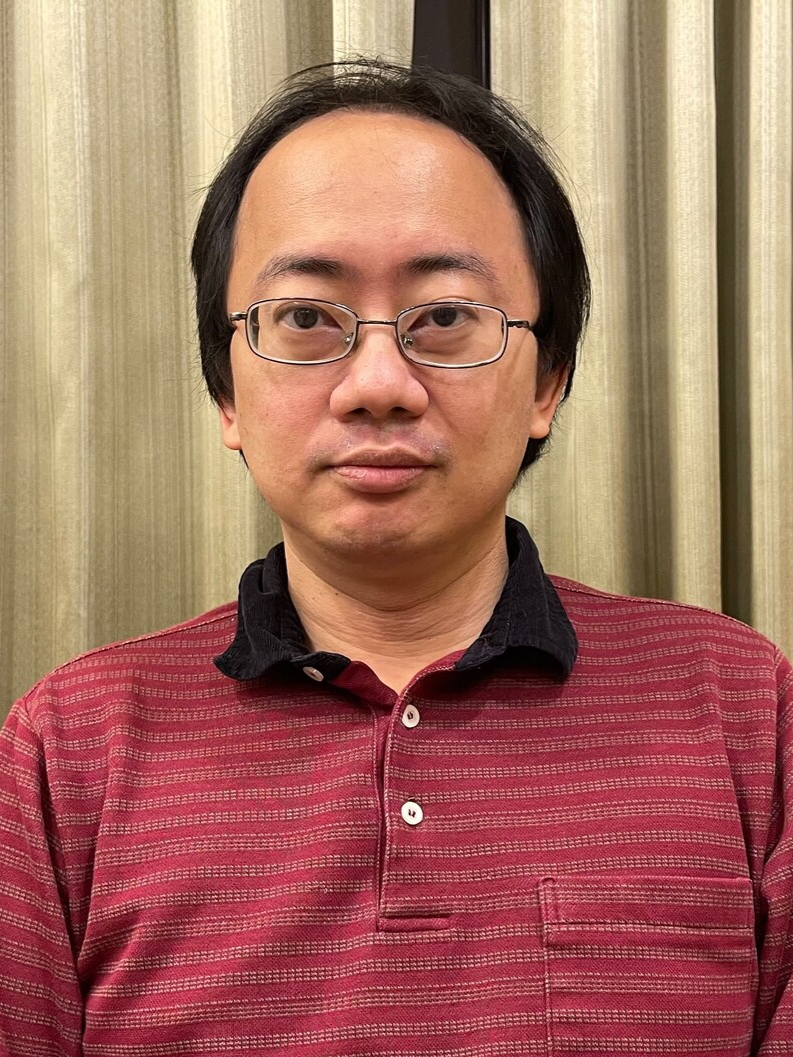
Chen-Chi Liu
Macronix International Co., Ltd.Cheng-Chi Liu received a Master's degree in electronics engineering from National Chiao Tung University, Taiwan, in 2002.
He joined the Product Engineering Dept. in Macronix International since 2002. He experienced in testing and analyzing memory products, include NOR flash and NAND. -
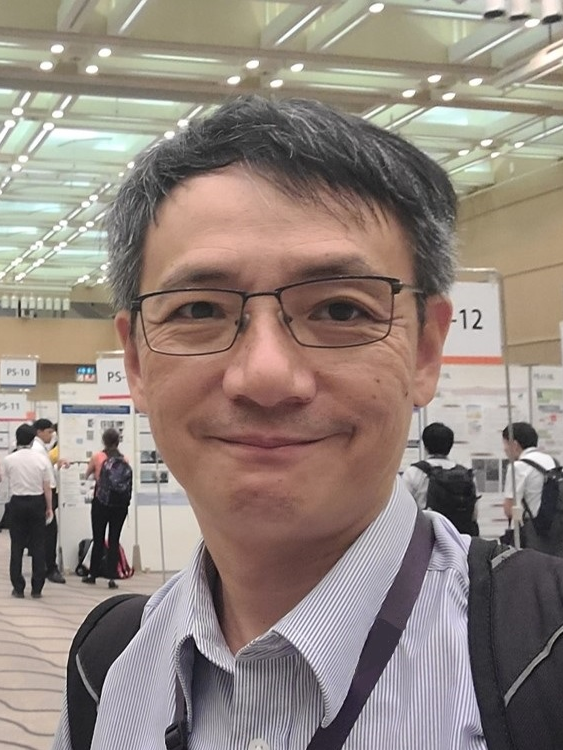
Ming-Hsiu Lee
Macronix International Co., Ltd.Ming-Hsiu (Eric) Lee received his B.S. and M.S. in electrophysics from National Chiao-Tung University in Hsinchu, Taiwan in 1991 and 1993, respectively. He joined Macronix International (MXIC) since 1995 with works covering process integration, device characterization, product engineering, and emerging memory device R&D. His major research interests include floating gate memories, SONOS devices, 3-D memories, phase change memory, and various resistive memories. Starting from 2017, he extended his interests to the application of non-volatile memories in artificial neural networks and memory-centric computations. He further extended his works to oxide semiconductor devices and advanced packaging technologies since 2020. He has authored or co-authored more than 100 papers and has more than 80 US patents. Ming-Hsiu Lee is currently Director of the Electronic Material and Device Integration Division in Macronix Emerging Central Lab (ECL).
-
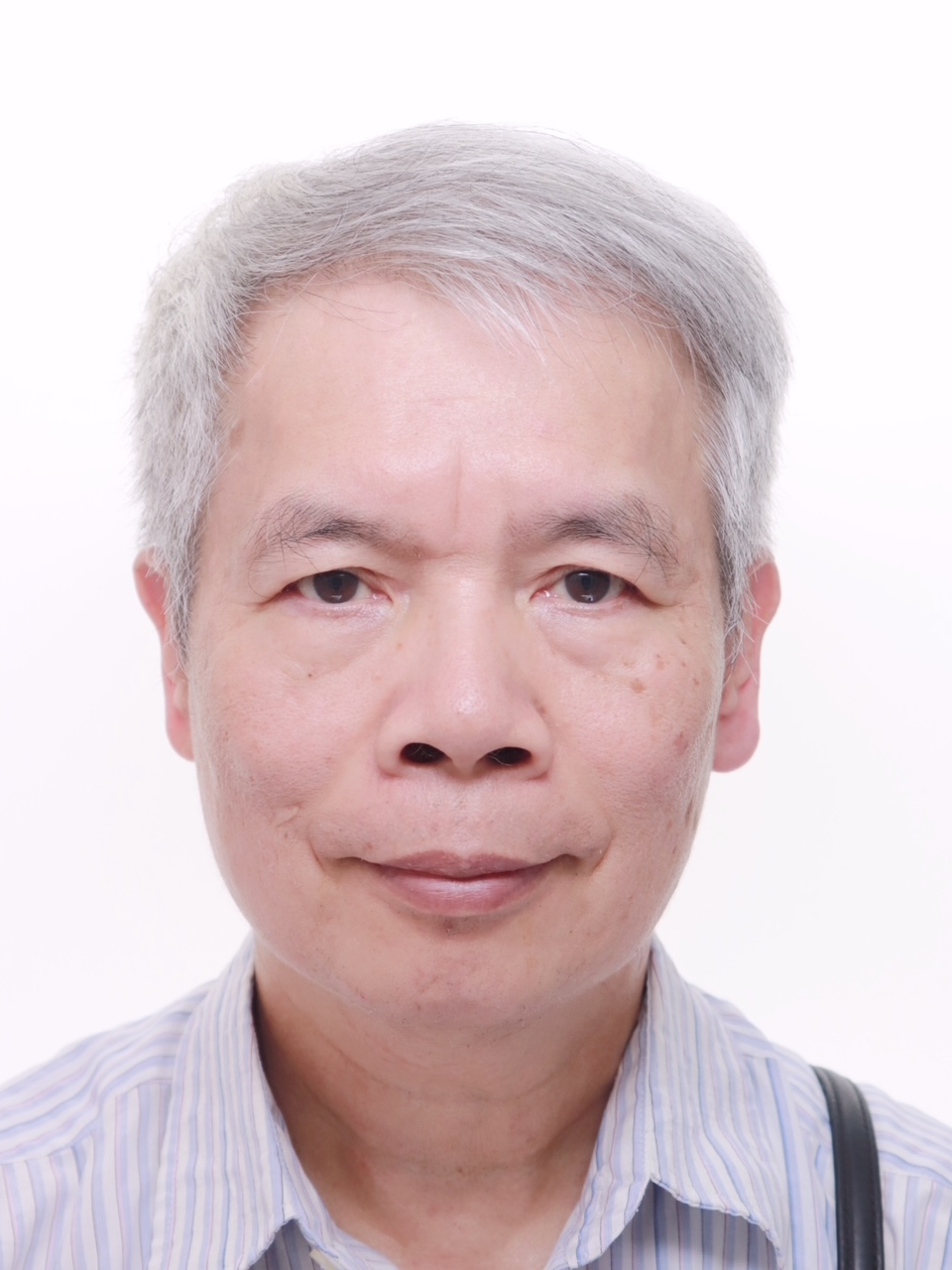
Kuang-Yeu Hsieh
Macronix International. Co. Ltd.Kuang-Yeu Hsieh received the B.S. degree from National Tsing Hua University, Hsinchu, Taiwan, in 1980, the M.S. degree from National Sun Yat-sen University, Kaohsiung, Taiwan, in 1985, and the Ph.D. degree from North Carolina State University, Raleigh, NC, USA, in 1989. He joined the Institute of Materials Science and Engineering at National Sun Yat-sen University in 1992 and later joined Emerging Central Laboratory, Macronix International Company, Ltd., Hsinchu, in 2001. His current research interests include thin-film growth, solid-state physics, IC fabrication, novel device structures, and materials for next-generation nonvolatile memory.
-
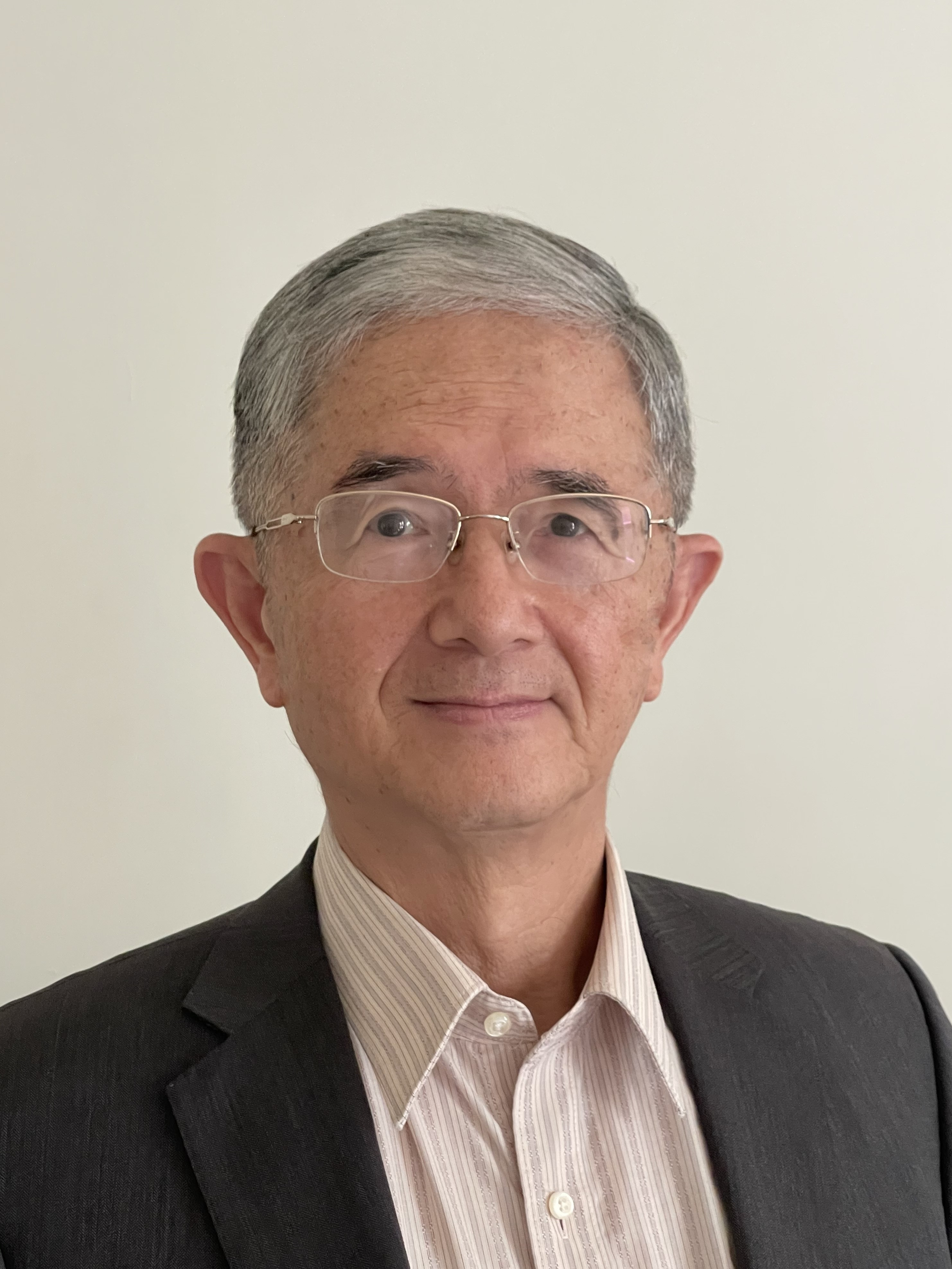
Keh-Chung Wang
Macronix International Co., Ltd.Dr. Keh-Chung Wang received a BS degree in physic from NTU and a PhD degree in physics from Caltech. He is the Head of Emerging R&D of Macronix, leading R&D in new memory technologies and applications. He has 39-year experience in IC design and management. He and his colleagues at Rockwell pioneered development of GaAs HBT technology and transferred it to production. The technology has been used broadly in microwave power amplifiers of cellular phones.
Dr. Wang is an IEEE Life Fellow. He co-authored more than 250 journal and conference papers in the areas of physics, electronic devices, circuits, and systems. -
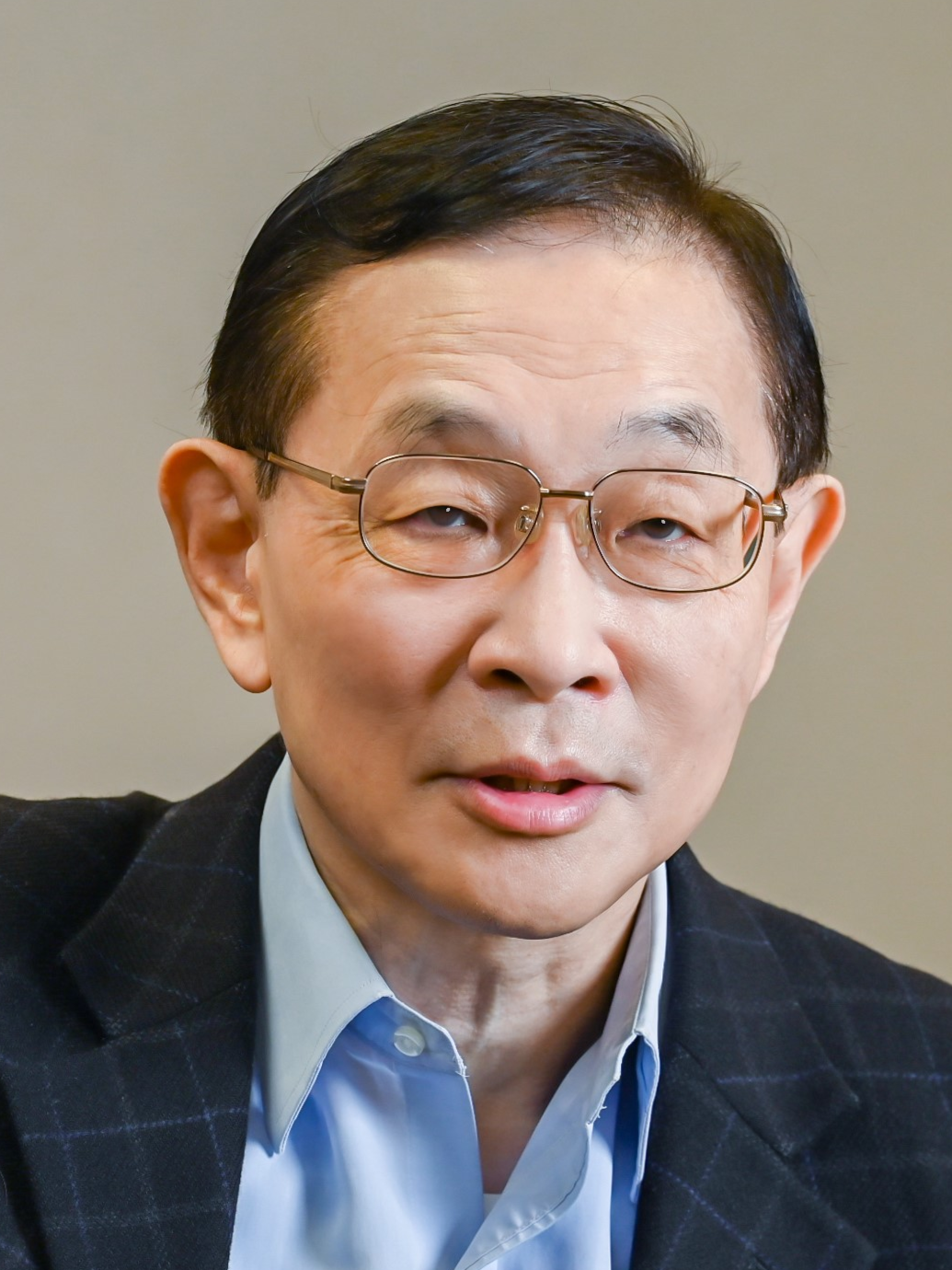
Chih-Yuan Lu
Macronix International. Co. Ltd.Chih-Yuan (C.Y.) Lu, Ph.D. from Columbia University, worked at AT&T Bell Labs; later joined ERSO/ITRI to lead Taiwan’s National Submicron Project. Dr. Lu is the co-founder of Vanguard International Semiconductor (VIS), a spin off company from ITRI. He is the founding Chairman of Ardentec Corp., and also serves as the President and CTO of Macronix International, the world class non-volatile memory company. He has published about 600 technical papers and has been granted 160 patents. Dr. Lu has been elected as an IEEE Fellow, APS Fellow, Fellow of NAI, TWAS Fellow, and “ITRI Laureate.” He has been awarded the IEEE Third Millennium Medal; the “IEEE Frederik Philips Award”; and “Presidential Science Prize,” the highest Prize in Taiwan, ROC. Dr. Lu was elected as an “Academician of Academia Sinica,” the first CEO from industry to have been honored by Academia Sinica. And awarded “APS George E Pake Prize”.
SSDM Paper Award (PA)
SSDM Paper Award is awarded to the best paper presented at the previous year’s SSDM.
Analog In-Memory Search Technology Based on Automotive Grade NOR Flash Memory
SSDM Best Student Award (BSA)
SSDM Best Student Award is awarded to the best student paper presented at the previous year’s SSDM. This award was established from SSDM 2022.
Control of dopant distribution in organic semiconductor thin films using fluidity of liquid crystallinity
-
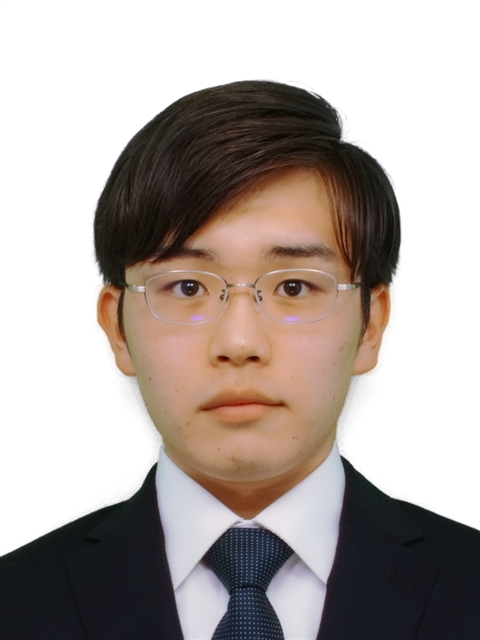
Hiroki Nakano
Institute of Science Tokyo (Japan)Hiroki Nakano received the B.E. degree in the Department of Electrical Engineering, Faculty of Science and Technology, Tokyo University of Science, Japan, where he conducted research on photoelectrodes using Cu₂SnS₃ (CTS) in the Sugiyama Laboratory. He received the M.E. degree from the Department of Electrical and Electronic Engineering, School of Engineering, Institute of Science Tokyo (formerly Tokyo Institute of Technology) in 2023 in the Iino Laboratory. He is currently pursuing the Ph.D. degree in the same laboratory. His current research focuses on reducing contact resistance at the interface between organic semiconductors and electrodes. In particular, he investigates an interface doping method in which ionized electron acceptors are swept toward one electrode by applying an electric field during the liquid crystal phase. This approach effectively lowers the injection barrier and enhances charge carrier.
SSDM Young Researcher Award (YRA)
SSDM Young Researcher Award is awarded to the first authors of excellent papers presented at the previous year’s SSDM. Authors who are 33 years old or younger as of April 1st of the year following the conference in which the paper was presented are eligible for the award.
High Performance (111)-Oriented Extremely-Thin Body Ge-On-Insulator nMOSFETs down to 2.1 nm
-
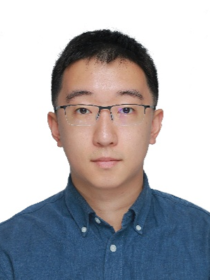
Xueyang Han
The University of TokyoXueyang Han received the B.S. degree in School of Physics from Peking University, Beijing, China in 2019, under the tutelage of Prof. Bo Shen. He received M.E. and Ph.D. degree in the Department of Electrical Engineering and Information Systems, School of Engineering from the University of Tokyo in 2021 and 2024 respectively, under the supervision of Prof. Shinichi Takagi. His research interests are in advanced logic device physics and technologies including extremely-thin body MOSFETs, high-mobility channel materials and orientations, Germanium-on-Insulator (GOI) structures, MOS interface engineering, strain engineering, and 3D heterogeneous integration. Since October 2024, he has been working as a semiconductor device engineer in Hisilicon Research, Huawei Technologies Co., Ltd.
Recovery Strategies and Related Mechanisms to Overcome Fatigue-Limited Endurance on HZO-based FeCAP and FeRAM Arrays
-
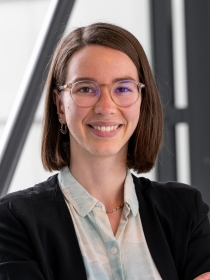
Julie Laguerre
CEA-LetiI received a double degree (engineering degree / masters degree) from Grenoble INP – Phelma and Université Grenoble Alpes (UGA) in physics and engineering for photonics and microelectronics in 2021. Between 2021 and 2024, I went on to pursue a PhD at CEA-Leti in the field of ferroelectric memory devices for data storage applications. During that time, I mainly investigated their reliability properties (data retention, fatigue-limited endurance and recovery) and researched their potential towards integration at advanced technology nodes. I presented my work in different conferences (including IEEE IRPS 2024 where I received the “People Choice Award for Best Paper”), and am a co-author of several publications. Since January 2025, I am working as a post-doc at NaMLab to optimize ultra-thin ferroelectric films for improved memory performance and reliability.
Stabilization of Liquid-Vapor Two-Phase Flow Boiling in Microchannel by Manifold with Flow Diode Structure for Advanced Thermal Management
-
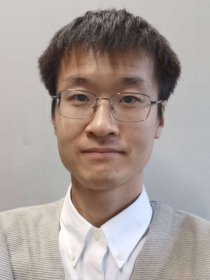
Hongyuan Shi
The University of TokyoHongyuan Shi received the B.S. and M.S. degree in power engineering and engineering thermophysics from Xi’an Jiaotong University, Shaanxi, China, in 2018 and 2021. He is currently pursuing his Ph.D. degree under the guidance of Professor Masahiro Nomura in the Department of Electrical Engineering and Information Systems, The University of Tokyo, Tokyo, Japan. His research interests focus on the microscale two-phase heat transfer, microfluidics, and electronics thermal management.
Low-damage gate-recess wet etching for AlGaN/GaN heterostructure via removal of altered layer obtained by Ti-AlGaN reaction
-
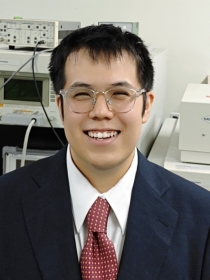
Jieensi Gelan
Japan Advanced Institute of Science and TechnologyJieensi Gelan received his bachelor's degree in engineering from Beijing Institute of Technology in 2022, and his master's degree in materials science from Japan Advanced Institute of Science and Technology (JAIST) in 2024. He worked in Professor Toshi-kazu Suzuki's laboratory during his master's course, and is currently a Ph.D. candidate in the same laboratory at JAIST. His research interests include fabrication and characterization technologies for wide-gap semiconductor devices, particularly GaN-based heterostructure devices. Currently, he is developing a low-damage digital wet etching method for GaN-based semiconductors, and is applying it to fabrication processes for GaN-based heterostructure devices that enable normally-off operations.
Experimental Demonstration of Compact, Low-loss, and Broadband 2×2 Si Optical Coupler Designed by CMA-ES
-
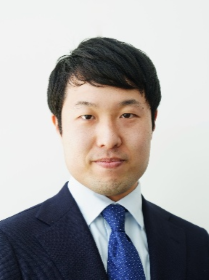
Yuto Miyatake
The University of TokyoYuto Miyatake was born in Kagawa, Japan, in 1995. He received the B.E. degree in information and communication engineering from The University of Tokyo, Tokyo, Japan, in 2019. He received M. E. and Ph. D. degrees in electrical engineering from The University of Tokyo, in 2021, and 2024, respectively. During his doctoral research, he investigated programmable photonic integrated circuits based on optical modulators with phase change materials and artificial intelligence-aided design. From 2021 to 2024, he was awarded a Research Fellowship for Young Scientists from the Japan Society for the Promotion of Science. In 2024, he joined the Department of Electrical Engineering and Information Systems, The University of Tokyo, as an Assistant Professor. His current research interests presently focus on the seamless co-integration of photonics and electronics on a Si platform for electronic–photonic integrated circuits. Dr. Miyatake is a member of the IEEE Electron Devices Society, Optica, the Institute of Electronics Information and Communication Engineers, and the Japan Society of Applied Physics.
Record-High Power Factors in Polycrystalline Ge Thin Films for Flexible Thermoelectric Devices
-
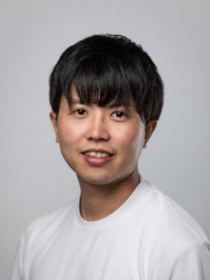
Koki Nozawa
University of TsukubaKoki Nozawa began his research on group IV material crystal growth in his second year of undergraduate studies through the Advanced Research Experience program, an early laboratory assignment program. After earning his bachelor's and master's degrees from the University of Tsukuba, he is now pursuing a Ph.D. His research achievements include eight first-author publications, more than 30 awards — including the MRS Graduate Student Award — and three invited talks. At SSDM2024, he presented his latest work on the thermoelectric applications of group IV materials. Through innovative crystal growth techniques, he achieved world-record power factors for both p-type and n-type polycrystalline group IV materials. In the future, he aims to broaden the scope of his research and materials, continuing his career as a university-based researcher.
Iono-magnonic Reservoir Computing utilizing Spin Wave Manipulation by Proton-Gating
-
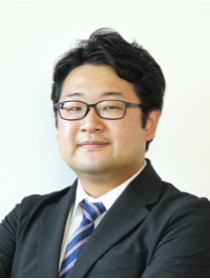
Wataru Namiki
National Institute for Materials ScienceWataru Namiki received his Ph.D. degree from Tokyo University of Science in 2021. He joined the National Institute for Materials Science (NIMS) as Postdoc researcher in 2021 and is currently working as Researcher in the Ionic Devices Group of the World Premier International (WPI) Research Center for Materials Nanoarchitectonics (MANA), the NIMS. His current research focuses on high-efficient neuromorphic computing devices using the individuality of materials. He realized high-performance physical reservoir computing, which utilizes unique physical dynamics in materials and devices such as nonlinear interfered spin waves manipulated in situ by redox reaction (iono-magnonics) and light irradiation (opto-magnonics). Furthermore, he demonstrated blood glucose level prediction utilizing in situ manipulation of magnetization vector without magnetic field by redox mechanism. These studies were published in several high-impact journals (e.g., Advanced Science, Materials Today Physics, Nano Letters, and so on).
BEOL-Compatible In2O3 Ferroelectric Transistors by Sputtering with Maximum Mobility of 60 cm2/V×s and Memory Window of 3V
-

Zhao-Feng Lou
National Taiwan UniversityZhao-Feng Lou received his M.S. degree from the Institute and Undergraduate Program of Electro-Optical Engineering, National Taiwan Normal University, Taipei (NTNU), Taiwan, in 2022. He is currently pursuing a Ph.D. in the Program for Semiconductor Devices, Materials, and Hetero-integration (DMHI) at the Graduate School of Advanced Technology (GSAT), National Taiwan University (NTU), Taipei, Taiwan. His research interests include FeFETs, FeRAM, metal oxide transistors, 2T0C architectures, and synaptic devices.
Suppressed density-change of Cr-incorporated MnTe thin film for phase-change memory
-

Mihyeon Kim
Tohoku UniversityDr. Mihyeon Kim is a specially appointed Assistant Professor in the Department of Metallurgy, Materials Science and Materials Processing at the Graduate School of Engineering, Tohoku University. After earning a Ph.D. in Materials Science and Engineering, Kim has focused on the development and characterization of functional thin films for electronic applications, particularly metal chalcogenides. Her research integrates physical vapor deposition techniques with advanced structural, electronic, and spectroscopic analyses to understand the structural and electronic changes that govern their functional properties. She is also expanding her research to thin film systems exhibiting room-temperature ferromagnetism, aiming to advance multifunctional materials for next-generation electronics and spintronic devices. In parallel, Kim is engaged in several international collaborative research projects that utilize synchrotron radiation experiments with the goal of discovering new materials for electronic applications, such as selector devices, non-volatile memory, and transistors. Her work contributes to the advancement of materials design and the development of novel device architectures.
A 0.67A/mm2 Fully Package Integrated CMOS Class-D LC Oscillator Converter
-
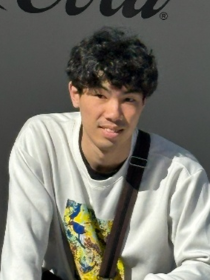
Atsuya Kakuta
Shinshu UniversityAtsuya Kakuta received his engineering bachelor’s and master’s degree from Shinshu University, Japan, in 2023 and 2025, respectively. His research interests are high-power and high-current density power management integrated circuits (PMIC), including ultra-high frequency operation voltage regulators with fully package integrated passive components for CPU/GPU power delivery. He currently works for Renesas Electronics Corporation Ltd.
Call for 2024 SSDM Award Nomination
The SSDM Award was established to recognize outstanding contributions to academic or
industrial development in the field of solid state devices and materials.
Papers to be nominated for the 2024 SSDM Award should be among those that have been presented between the 1st SSDM conference in 1969 and the 50th SSDM conference in 2018.
The SSDM Award will ultimately be decided by the SSDM Organizing Committee after a recommendation is made by the SSDM Award Nomination Committee.
The recommendation will be in accordance with the following two criteria.
-
1) Originality
The award-winning selection must be original, and must have had significant theoretical or practical impact in the field of solid state devices and materials.
-
2) Contribution
The author(s) of the award-winning selection must have played or be playing a pioneering or leading role, with globally outstanding contributions in the technological field.
Candidate and Nominator Eligibility
-
–
Candidates Eligible for the Award
All authors who presented papers between the 1st SSD conference in 1969 and the 50th SSDM conference in 2018, excluding papers written by this year’s Organizing Committee Chair and Award Nomination Committee Chair.
-
–
Persons Eligible for Nominating Candidates
Anyone, excluding this year’s members of the SSDM Award Nomination Committee
Submission Process for SSDM Award Nominations
The following is the process for submitting nominations.
- – Before deciding on a candidate for the award, confirm the eligibility of nominators and candidates once again.
-
– Download the Nomination Form.
[ SSDM Award Nomination Form (MS‐Word) ] -
– Fill out the Nomination Form
and send it to the SSDM Secretariat by the deadline.
Nomination deadline: May 13, 2024 CLOSED
If you have any questions, please ask the secretariat by e‐mail.



